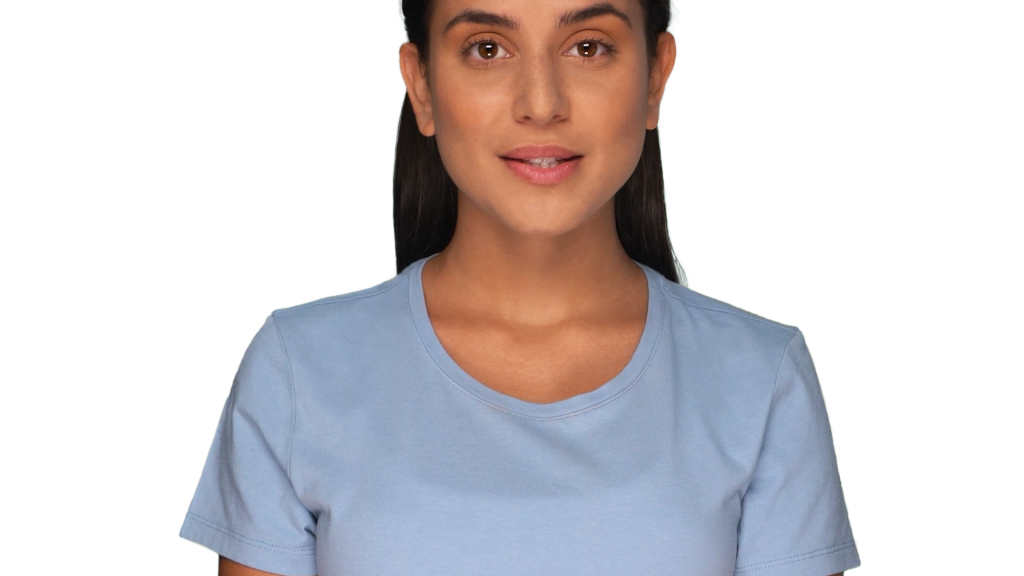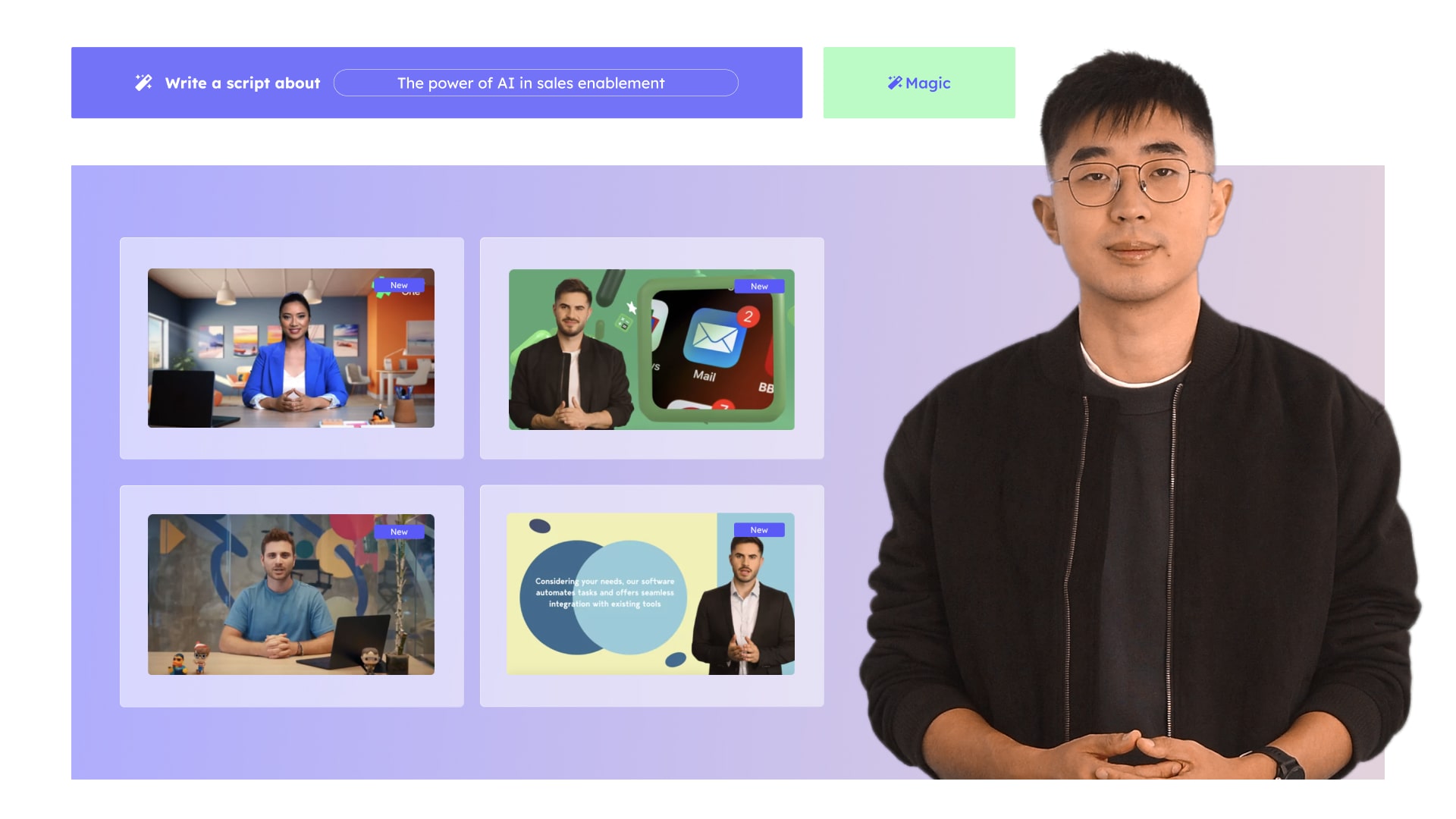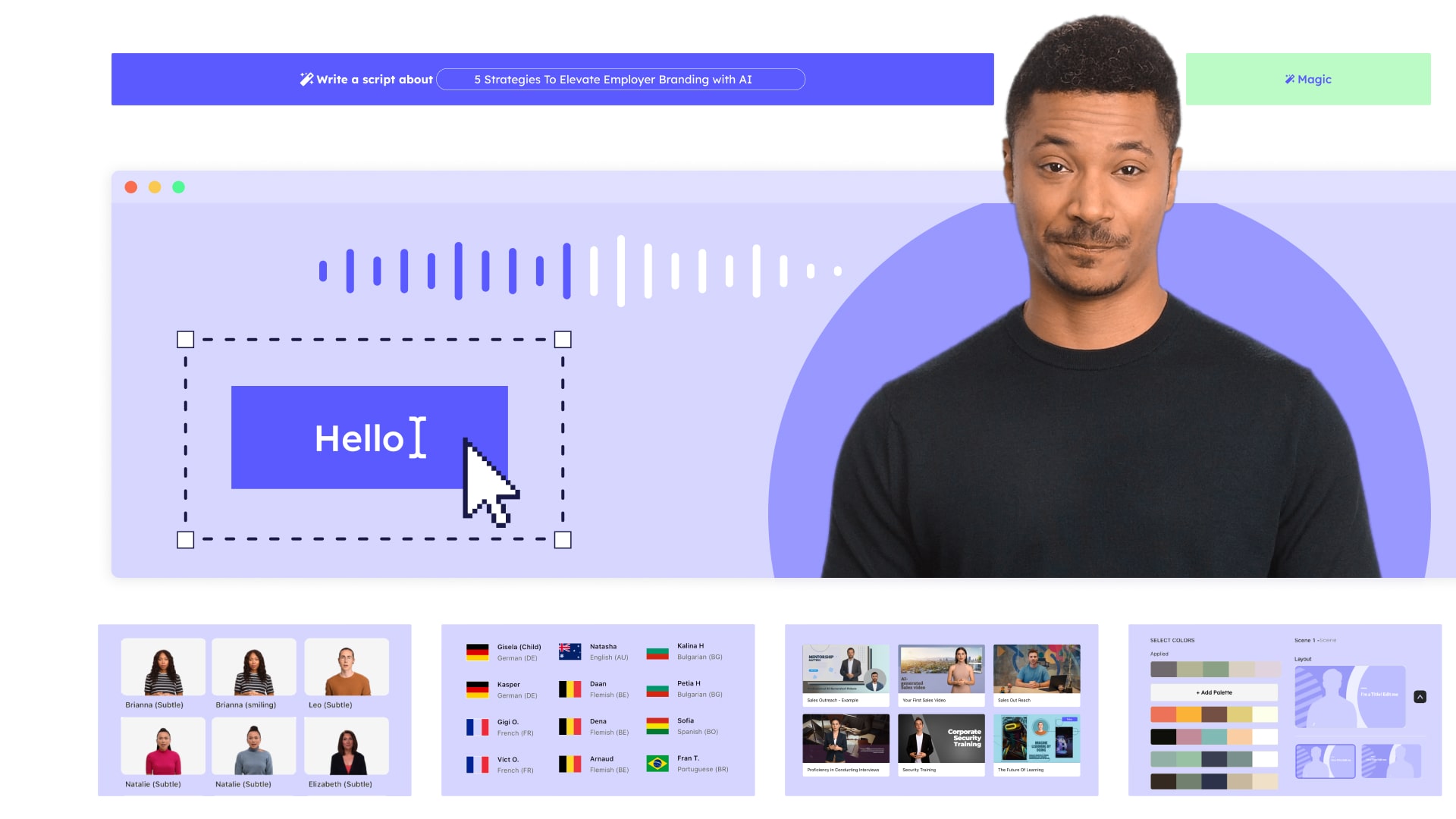The Era of Industry 4.0 is Upon Us
We are witnessing massive and unprecedented development of machine learning, analytics, cloud computing, Internet of Things (IoT), and Artificial Intelligence (AI) technology. Companies are using this cutting-edge tech to optimize processes, automate production, enhance communication with stakeholders, and ensure improved organizational efficiency. Dubbed Industry 4.0 or the Fourth Industrial Revolution, this new era is already here and it is replacing legacy systems. Surprisingly, Industry 4.0 offers all of these benefits at a fraction of the cost of traditional systems.
HyperReal videos are taking the digital world by storm. Unbelievably, digital content experts (videographers, cinematographers, animators, and video editors) are now able to create synthetic character-led/presenter-led videos that are hyperreal. This new-age term is industry jargon for ‘extremely realistic in detail’. In fact, high-quality hyperreal videos cannot be differentiated from real videos using real people in a real-world milieu. Synthetic videos offer the ultimate in realism, but it doesn’t require authentic human characters. The realistic graphic representations with HyperReal activity allow companies to benefit from professionally-generated content that passes the litmus test of customers.
Why Are Companies Using HyperReal Videos?
Advanced computer graphics technology allows video production experts to bring HyperReal videos to life. A HyperReal presenter, actor, or character can be based on a real person, but the algorithms governing their behavior create synthetic characters. Nowadays, it’s entirely possible to create a synthetic production video with stars of yesteryear like the legendary Paul McCartney of The Beatles, or a singer named Madison Beer.
Make no mistake about it – these characters look authentic in every which way possible. Today’s technology is capable of creating highly engaging videos with strong conversion rates.
As an SME, HyperReal videos have an astonishing number of use cases. HyperReal videos merge the Real World with the Virtual World. As a species, we’ve basically only ever known the real world. When the Hollywood blockbuster Avatar hit the scene, we were all blown away by the HyperReal content. The film tracks a group of Na’vi as they try to save their way of life on a planet named Pandora from marauding mercenaries. The production was a visual extravaganza of epic proportions. A James Cameron masterpiece.
Given the size and scope of geopolitical changes in recent years, it comes as no surprise that the shift to virtual work has grown in leaps and bounds. But it’s not only virtual work, it’s all the changes in digital communication that come with it. HyperReal video presentations are online video creations. With the right production company, it’s possible to create highly-realistic online videos for companies. Take HR Departments as a case in point. The day-to-day operations of Human Resources Departments allow for the following use cases:
- Onboarding, training, recruitment, education, and development
- Online video presentations to introduce a company to its stakeholders
- For jobseekers wanting to find out valuable information about the company
- As an effective communications medium between management and employees
- Product videos, services videos, guides, how-to videos, and online presentations
Synthetic media is industry jargon for any voice, text, image file, or video that is partially or fully generated by computers. It’s an all-encompassing term – a catchall phrase that is used by digital content specialists. In terms of deep learning capabilities, AI-generated video content is certainly an exciting proposition. Multimedia creation and consumption is a game-changer. From the days of broadcasting technology and mass distribution, we have evolved to a democratized media system through the Internet. Now, we have deep learning technology and synthetic media.
The Growth of Synthetic Media in Marketing
Synthetic media has boomed in recent years, owing to a variety of factors. The pandemic has fast-tracked a virtual marketplace of buyers and sellers, employers and job seekers, teachers and students, doctors and patients, social influencers and followers, et al. Synthetic media makes it easy to create authentic content even when restrictions are in place. Companies can boost their marketing efforts through cost-effective presenter-led videos using synthetic media.
Production speed is dramatically enhanced with synthetic media, since powerful AI-based algorithms create all the necessary content, allow for rapid editing, and maximum diversification of content. For example, hyperreal videos can easily provide content in different languages to cater to specific target markets. These characters can take the form of lifelike human presenters, avatars, or animations. All the standard facial expressions, nuances, and human characteristics are easily built into the hyperreal presentations. To the unsuspecting eye, these videos are indistinguishable from the real thing.
There are many different benefits of using AI videos for companies, notably:
- Scaling video production to company expectations
- Replacing physical processes with digital processes
- Flawless product demo presentations and training videos
- Professional-grade ‘actors’ or ‘avatars’ at the click of a button
- A single video can instantly be translated into multiple languages
- Fully personalized videos with backdrops, accents, colors, saturation
- Steeply reduced costs over conventional film production studios with videographers
The public’s consumption of online content has shifted away from homogenized content. A growing number of people consume synthetic content and actually prefer it to real footage. The cost savings benefits, professionalism, and versatility of AI videos have tremendous applications for SMEs in the digital arena.
With synthetic media, it’s much easier to bridge the divide between ideation and creation. Digital technology can fast-track the entire process. Presenter-led videos are the go-to medium, with stylistic videos, extraordinary special effects, and all of it on a limited budget. Companies don’t need to have the requisite experience in video editing, video creation, editing, or production – everything can be outsourced.
One of the biggest challenges for companies is content visibility. Fortunately, synthetic media is easily shareable. Facebook, Instagram, Snapchat, Twitter, TikTok, blogs, websites, and other options make the publishing of content easy. The challenge of SEO optimization, visibility, and discovery remains. For the average individual, it’s difficult to synthesize video content without incurring costly visual effects. Personalized and engaging video content is a luxury that remains out of reach for many companies.
In today’s diverse marketplace, companies cater to customers across the spectrum. Multilingual functionality is an important component of video consumption. AI algorithms make all of this possible. Added to that is authenticity. People are less likely to respond favorably to a poorly produced human rendering than they are to one which is near impossible to differentiate from a human presenter. Thanks to the high quality of AI-generated video content, it is possible to produce much more, much quicker, and with much greater variety than ever before.
How Are Synthetic Media Videos Created?
Digital content creation specialists use a variety of machine learning methodologies and artificial intelligence to create a synthetic video. The tech term GANs also comes into play. These generated adversarial networks adopt a bifurcated approach with machine learning that comprises a generator and a discriminator. These differentiate between the real world samples and the created samples. The world’s finest GANs are capable of rendering ultra-realistic portraits of non-existent people, or of fictional elements.
The technology is so advanced that voice cloning and behavioral cloning are easily accomplished within a few seconds. A small voice sample can generate a much longer audio file. As research and development continue to evolve, the world will witness full-scale media synthesis with unprecedented advancements for myriad applications. Cutting-edge technology ensures that these types of advancements are limited only by the creative talents of the design teams. The traditional route of creating videos in many different languages is extremely costly, but synthetic media, machine learning technology, and AI-produced videos can cut expenses in a big way.
Video consumption statistics indicate that people prefer to watch video content in their language, not with subtitles. This process of dubbing video content (watching in your language) is expensive. Synthetic media translation technology presents a highly effective solution. The essence of this new-age technology is easy to understand. An SME provides a synthetic media company with a script. Then, a presenter-led video is created with that script in any language that you want. Everything is lip-synched to perfection.
Consider the following statistics compiled by Insivia. Social video garners 1200% more shares than images and text combined, 92% of mobile users share videos with one another, and 64% of consumers make a purchase after having watched a branded video on a social network. For all of these reasons, videos are highly converting media marketing tools.
Synthetic media is the way of the future, but it’s available right now!








